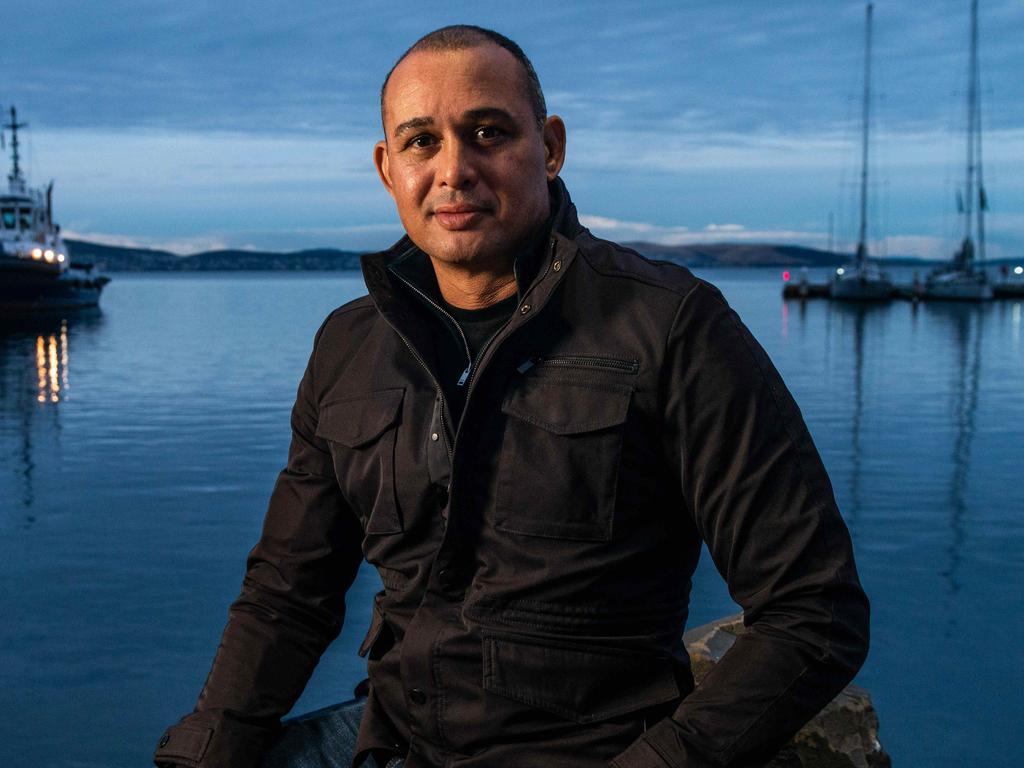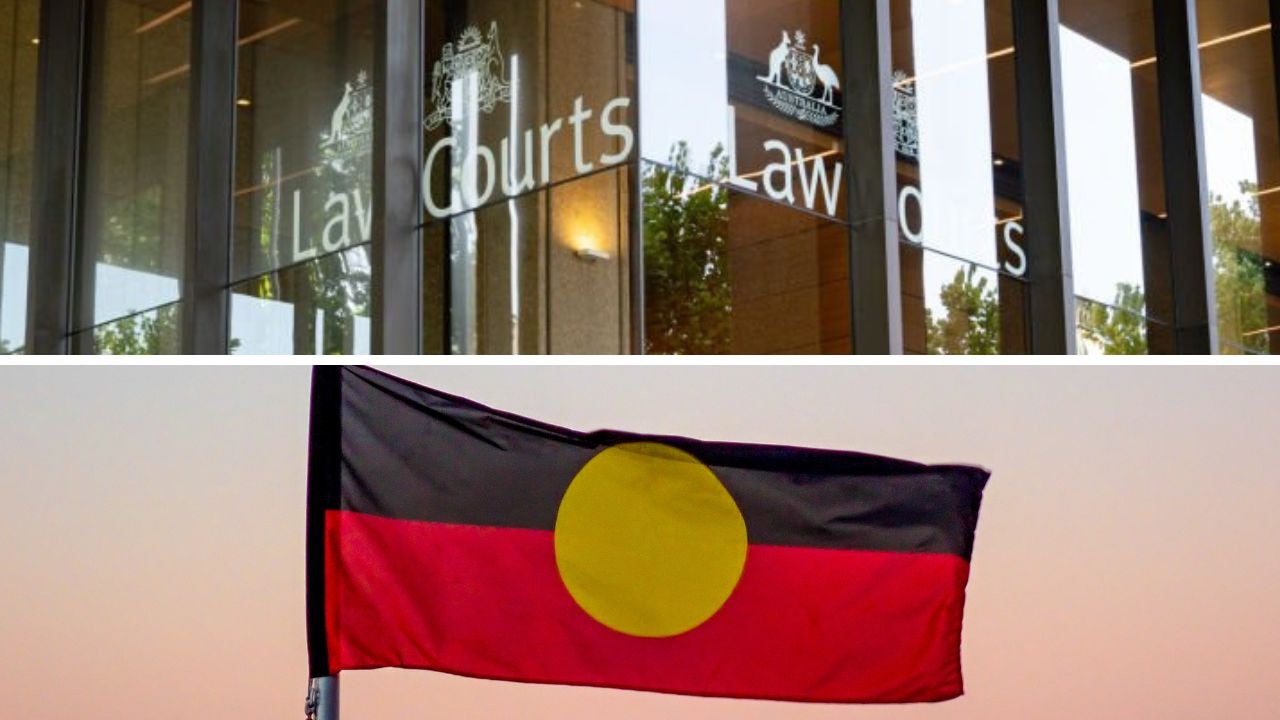Half homes in remote lands of Martu people are fit for demolition
The first comprehensive survey of living conditions of the Martu people, in the Western Desert, reveals shocking findings.

Half of all the houses on the remote lands of the Martu people are in such poor condition they should be demolished, according to the first comprehensive survey of living conditions in the Western Desert.
An audit of the three Indigenous communities on Martu land northeast of the iron ore town of Newman counted a total of 80 homes, of which 40 were deemed to be “beyond economic repair”. People are living in most of the homes marked for demolition.

The Martu’s own Aboriginal corporation has continued to repair homes long after it was deemed economical to do so because people had nowhere else to live. In recent years, the Jamukurnu-Yapalikurnu Aboriginal Corporation has received $5.9m from the West Australian government to undertake essential maintenance across 57 properties.
However, the housing crisis in Punmu, Parnngurr and Kunawarritji is emblematic of a national crisis in remote housing.
Land councils and Indigenous corporations across Australia say many more Indigenous people want to live on homelands than the homelands can support.

At the Barunga Festival southeast of Katherine this month, Indigenous Australians Minister Linda Burney said the Indigenous voice to parliament could give practical advice on improving housing in the NT homelands.
Latest data from the Productivity Commission shows that in very remote communities, 55 per cent of Indigenous people were living in overcrowded accommodation in 2021. This is an improvement from 2016 when 59 per cent of houses in very remote communities were overcrowded.
For the Martu report, residents opened their homes to a survey team to show how minor damage can become major – in one case, a leaking shower brought down the walls of a bathroom.
Other residents demonstrated how snakes enter through gaps in the floors or holes where bathroom tiles had fallen away.
In each community, residents spoke of relatives living in the town of Newman who wanted to come home to Punmu, Parnngurr and Kunawarritji. While Newman has a bottle shop and pub, the three Martu communities are dry. They are home to some of Australia’s living treasures including elders who were born in the desert and lived nomadically, avoiding the white world until 1963.

Among the permanent residents of Purnngurr are senior law men and artists whose work on the Seven Sisters exhibition has been touring the world’s major museums since 2020.
However, the Martu report is more than a housing audit. It explains the Martu’s hopes for the future of their communities, including economic development.
The WA government paid for the survey of Martu housing as a way to quantify the problem before working out solutions. On Tuesday, senior Martu men and women met Premier Roger Cook and other ministers. They talked about the housing audit, and what to do next, and they stressed that their communities are viable only if they are given opportunities.
The Martu’s next big project is the joint management of the Karlamilyi National Park surrounding Parnngurr and Punmu. The Cook government is poised to do a deal with the Martu that would recognise their Native Title rights over the park and create jobs for the Martu who manage it.
“It’s important to all Martu that our communities are good places to live, work and play,” Martu chairman Simon Frank said.





To join the conversation, please log in. Don't have an account? Register
Join the conversation, you are commenting as Logout